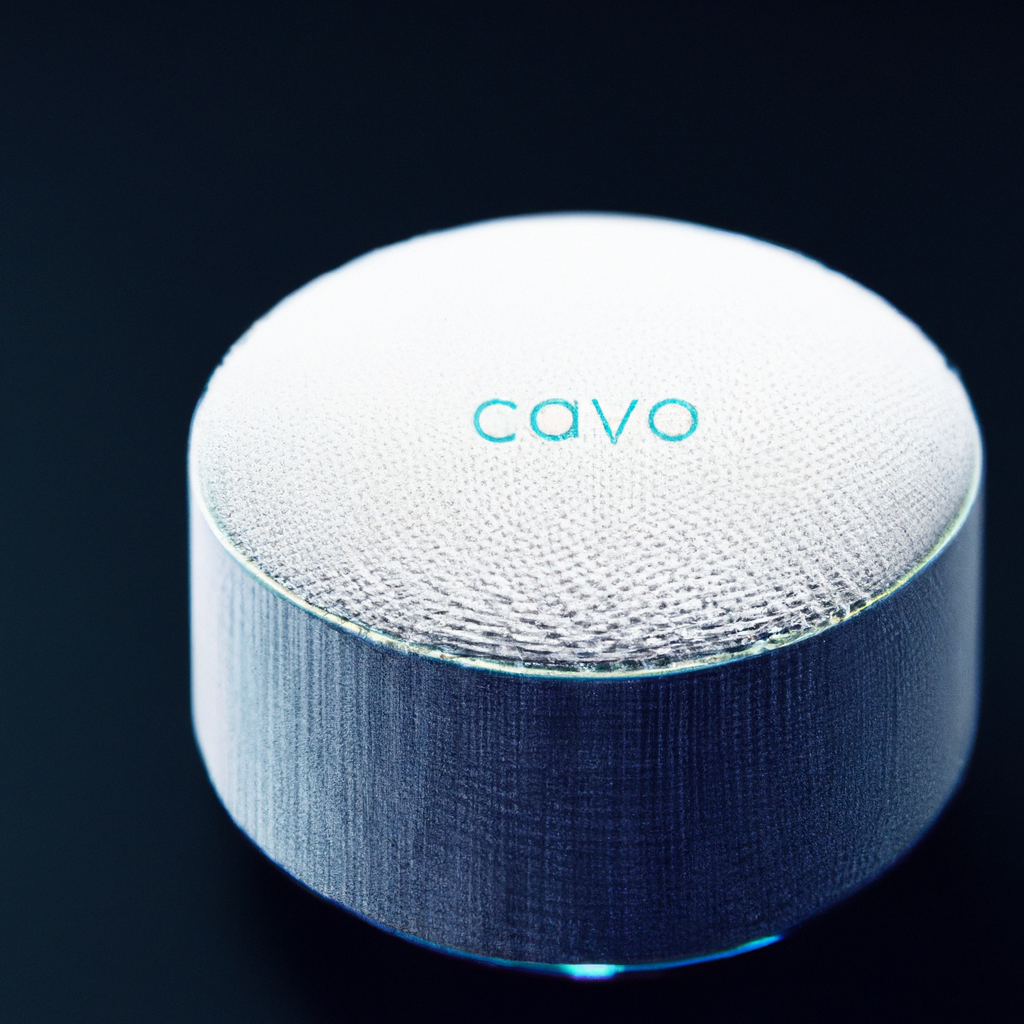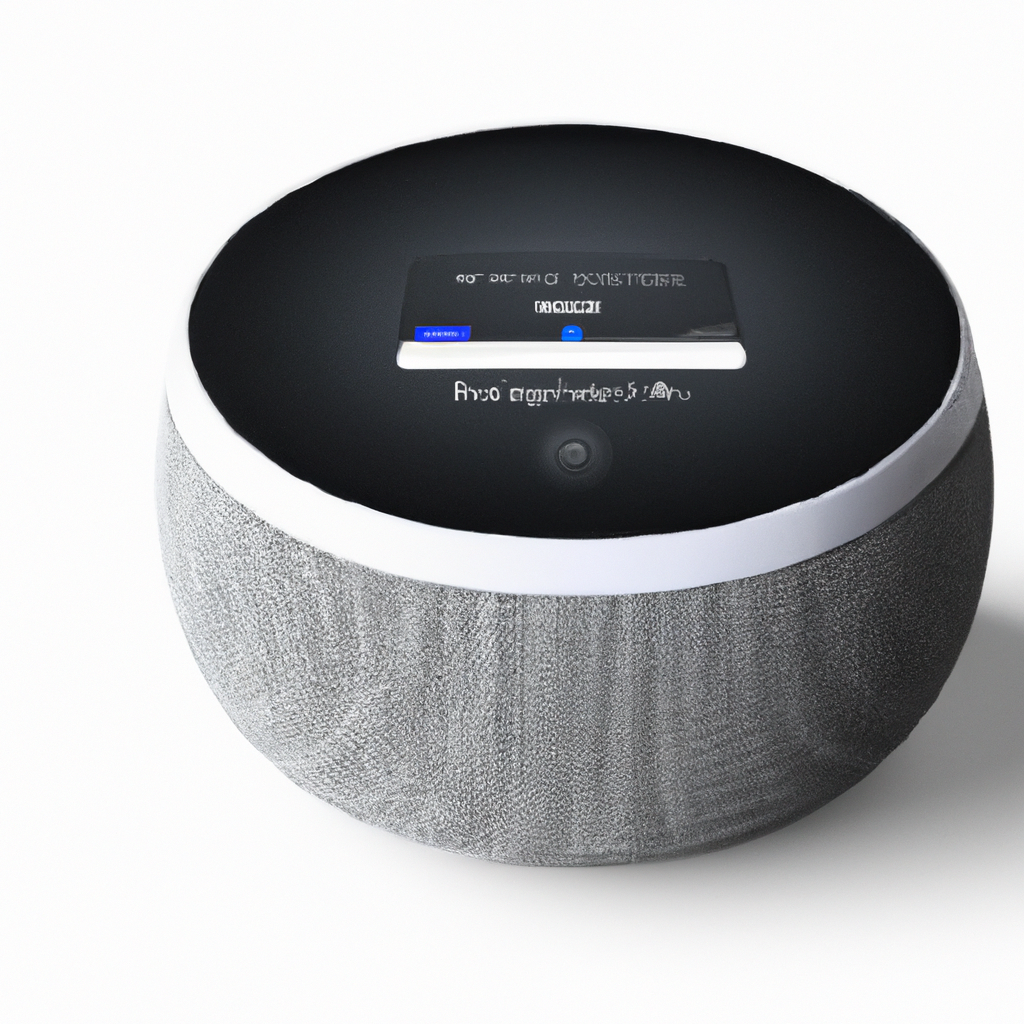In today’s fast-paced world, technology continues to revolutionize our daily lives. One such innovation that has gained considerable popularity is the integration of voice assistants in smart home setups. With voice assistants like Alexa and Google Assistant, controlling various aspects of your home has never been easier. From adjusting the temperature to turning off the lights with just a simple command, these voice assistants offer convenience and efficiency. This article explores the seamless integration of voice assistants in smart homes, highlighting their role in simplifying our daily tasks and enhancing our overall living experience.
Exploring the integration of voice assistants in smart home setups
Smart homes have become increasingly popular in recent years, with more and more individuals turning to technology to enhance their living spaces. A key component of these smart home setups is the integration of voice assistants, such as Alexa and Google Assistant. These voice assistants provide a convenient and efficient way for users to control various aspects of their smart homes, from adjusting the thermostat to playing music and even ordering groceries. In this article, we will delve deeper into how voice assistants enhance the functionality of smart homes, the benefits of integrating them into smart home setups, the popular voice assistants available, their compatibility with smart home devices, the steps to set them up, their role in home automation, security and privacy considerations, challenges in integration, and future trends and developments in this field.
How voice assistants enhance the functionality of smart homes
Voice assistants have revolutionized the way we interact with technology, and integrating them into smart home setups takes this convenience to a whole new level. Instead of having to manually operate various devices, you can simply use voice commands to control them. For example, you can ask your voice assistant to dim the lights, set the temperature, or even lock the doors. This hands-free approach allows for seamless integration and easy management of smart home devices. Beyond basic control, voice assistants can also provide real-time information such as weather updates, traffic conditions, and news headlines, all at the sound of your voice.
Benefits of integrating voice assistants into smart home setups
The integration of voice assistants into smart home setups offers a plethora of benefits. One of the key advantages is convenience. With voice commands, you can control multiple devices simultaneously, eliminating the need to navigate through different apps or devices. This seamless integration saves time and effort, allowing you to focus on other tasks or simply enjoy your smart home experience. Moreover, voice assistants provide accessibility for individuals with physical disabilities or limited mobility, as they can easily control their smart homes without the need for manual operation.
Another benefit is increased efficiency. Voice assistants can streamline daily tasks by automating routines and creating personalized schedules. For instance, you can program your voice assistant to turn on the lights, start brewing coffee, and play your favorite morning playlist as soon as you wake up. This level of automation saves time and energy, making your everyday life more efficient and hassle-free.
Integrating voice assistants into smart home setups also enhances connectivity. These assistants act as a central hub for all your smart devices, allowing you to control and monitor them from a single interface. Whether it’s adjusting the temperature in your home, checking if your doors are locked, or even controlling your home security system, voice assistants provide seamless connectivity and integration.

Popular voice assistants for smart homes
When it comes to voice assistants for smart homes, two of the most popular options are Amazon Alexa and Google Assistant. Both offer a range of features and compatibility with a multitude of smart devices.
Amazon Alexa, commonly known as just “Alexa,” is the voice assistant developed by Amazon. It offers a wide array of skills and is compatible with numerous smart home devices, making it a versatile choice for smart home setups. Alexa can control lights, thermostats, cameras, and even smart appliances. Additionally, it integrates well with Amazon’s ecosystem, allowing for easy access to your Amazon Prime account and enabling voice-controlled shopping.
On the other hand, Google Assistant, developed by Google, provides users with a voice-activated virtual assistant capable of performing a variety of tasks. It offers seamless integration with Google services such as Google Calendar, Gmail, and Google Maps. Google Assistant can control devices like smart speakers, thermostats, and smart bulbs. It also excels in natural language processing and can understand contextual information, allowing for more sophisticated and conversational interactions.
Voice assistants’ compatibility with smart home devices
One of the key considerations when integrating voice assistants into smart home setups is their compatibility with various smart devices. The good news is that both Amazon Alexa and Google Assistant have extensive compatibility with a wide range of devices from various manufacturers. This compatibility ensures that users have a broad selection of devices to choose from, allowing them to create a truly customized smart home experience.
Before purchasing a smart device, it is advisable to check its compatibility with the chosen voice assistant. Manufacturers often mention compatibility on their websites or packaging, making it easier to identify which devices will seamlessly integrate with your chosen voice assistant. Additionally, both Alexa and Google Assistant have dedicated marketplaces where users can browse and shop for compatible devices, ensuring a streamlined and hassle-free integration process.

Steps to set up voice assistants in a smart home
Setting up voice assistants in a smart home is a relatively straightforward process. Here are some general steps to guide you through the process:
Purchase a compatible voice assistant device: Begin by selecting the voice assistant device that best suits your needs and preferences. This could be a smart speaker, a display, or even a smartphone.
Unpack and power on the device: Once you have your voice assistant device, unpack it and connect it to a power source. Follow the instructions provided by the manufacturer to power on the device and ensure it is connected to the internet.
Download the companion app: Most voice assistants have companion apps that allow you to customize settings, manage connected devices, and access additional features. Download the respective companion app for your voice assistant from the app store.
Connect the voice assistant to your home network: Open the companion app and follow the on-screen instructions to connect your voice assistant to your home network. This step is crucial for seamless communication between your voice assistant and other smart devices.
Discover and connect compatible devices: Once your voice assistant is connected, you can start discovering compatible devices and connecting them to the voice assistant. This process may vary depending on the specific voice assistant and device but generally involves following the instructions provided by the manufacturer.
Customize and personalize your voice assistant: Take some time to explore the settings and options within the companion app to customize your voice assistant experience. This may include setting up routines, creating personalized commands, or adjusting preferences to suit your needs.
By following these steps, you can set up your voice assistant and begin enjoying the convenience and control it brings to your smart home setup.
The role of voice assistants in home automation
Voice assistants play a vital role in home automation, enabling users to control and manage various aspects of their smart homes through simple voice commands. Whether it’s adjusting the lighting, controlling the temperature, or even starting your robotic vacuum cleaner, voice assistants make it easy to automate routine tasks.
Beyond basic automation, voice assistants can also create customized routines tailored to individual needs. For example, you can use a voice command to activate an “Away Mode” that adjusts the thermostat, locks the doors, and turns off lights when you leave the house. Similarly, you can create a “Goodnight” routine that turns off all the lights, adjusts the thermostat, and sets an alarm for the next morning.
Additionally, voice assistants enable users to create sophisticated interactions between different devices. For instance, you can program your voice assistant to turn on the lights and play soothing music when you say “Good morning.” This level of automation enhances the overall smart home experience and makes daily routines more efficient and enjoyable.

Security and privacy considerations when using voice assistants in smart homes
As with any technology that collects personal data and interacts with various devices, security and privacy are essential considerations when using voice assistants in smart homes. It is crucial to be aware of the potential risks and take necessary precautions to ensure the safety and privacy of your data.
To mitigate security risks, it is advisable to follow best practices, such as using unique and strong passwords for your voice assistant devices and associated accounts. Regularly update the firmware of your voice assistant device to ensure any security vulnerabilities are patched. Additionally, be cautious about granting unnecessary permissions or access to third-party apps or services that integrate with your voice assistant.
When it comes to privacy, it is important to understand how your voice assistant handles and stores your data. Both Amazon Alexa and Google Assistant allow users to review and delete voice recordings, and they provide options to restrict or disable certain data collection features. Familiarize yourself with the privacy settings and options available and adjust them according to your preferences.
Challenges in integrating voice assistants into smart home setups
While integrating voice assistants into smart home setups offers numerous benefits, there are also some challenges to consider. One of the key challenges is ensuring compatibility between different voice assistants and smart devices. Not all devices are compatible with every voice assistant, which can limit the options available to users. It is essential to research and select devices that have native compatibility or are supported through third-party integrations.
Another challenge is the potential complexity of setting up and managing voice assistants for users unfamiliar with technology. The process of connecting devices, creating routines, and troubleshooting issues can be overwhelming for individuals who are new to smart home setups. User-friendly interfaces and clear documentation can help alleviate this challenge, making it easier for users to navigate and utilize the capabilities of their voice assistant.
Additionally, voice assistants heavily rely on internet connectivity. Without a stable internet connection, the functionality of voice assistants and their ability to control smart home devices may be compromised. Users should ensure they have a reliable internet connection to fully leverage the benefits of voice assistants and avoid any disruptions in their smart home experience.

Future trends and developments in voice assistants for smart homes
As technology continues to advance, voice assistants for smart homes are expected to evolve and offer even more innovative features. Some emerging trends and developments include:
Enhanced natural language processing: Voice assistants will become even better at understanding and processing natural language, allowing for more complex and conversational interactions.
Integration with augmented reality: Voice assistants could be integrated with augmented reality (AR) devices, providing users with a more immersive and interactive experience. For example, users may be able to control smart home devices through voice commands while wearing AR glasses.
Advanced context awareness: Voice assistants will become smarter at understanding context and adapting to individual preferences. For instance, they may be able to adjust room temperature based on the user’s location within the house or personalize responses based on previous interactions.
Improved integration with third-party services: Voice assistants will likely offer better integration with a wider range of third-party apps and services, providing users with more options and flexibility in their smart home setups.
Conclusion
The integration of voice assistants into smart home setups enhances functionality, convenience, and efficiency. With voice assistants like Alexa and Google Assistant, controlling various aspects of your smart home becomes as simple as issuing a voice command. The benefits of integrating voice assistants, such as increased connectivity and automation, make them an invaluable addition to any smart home. However, it is important to consider security and privacy considerations, as well as the challenges and future trends in this field. As technology continues to advance, voice assistants will undoubtedly play an increasingly significant role in shaping the smart homes of the future. So go ahead, explore the possibilities and embrace the convenience of voice assistants in your smart home setup.










